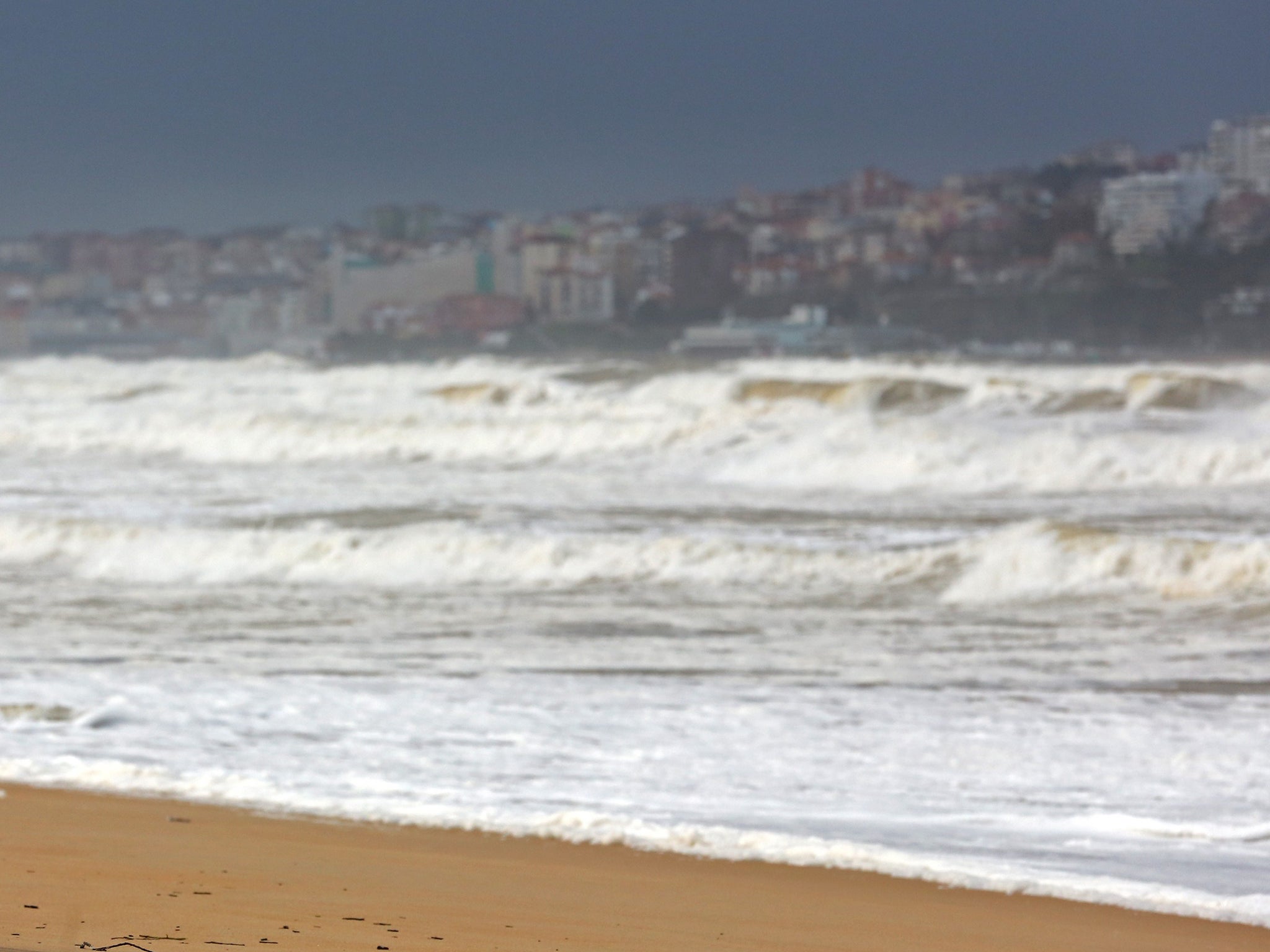Rain in Spain unearths fossilised trees that predate dinosaurs
The trunk and roots date back 300 million years

Your support helps us to tell the story
From reproductive rights to climate change to Big Tech, The Independent is on the ground when the story is developing. Whether it's investigating the financials of Elon Musk's pro-Trump PAC or producing our latest documentary, 'The A Word', which shines a light on the American women fighting for reproductive rights, we know how important it is to parse out the facts from the messaging.
At such a critical moment in US history, we need reporters on the ground. Your donation allows us to keep sending journalists to speak to both sides of the story.
The Independent is trusted by Americans across the entire political spectrum. And unlike many other quality news outlets, we choose not to lock Americans out of our reporting and analysis with paywalls. We believe quality journalism should be available to everyone, paid for by those who can afford it.
Your support makes all the difference.A recent spate of appalling weather in northern Spain has led to the discovery of perfectly preserved fossilised trees, which scientists believe could be 300 million years old – a period well before dinosaurs roamed the Earth.
While the unusually intemperate climate has caused chaos for locals and holidaymakers, the high winds and heavy rain that struck the Cantabrian coast last week have washed away huge amounts of sand, unearthing the remains of the trees, which scientists have hailed as a significant find.
Describing the trees as being “perfectly preserved”, Miguel Arbizu, a professor of paleontology at the nearby University of Oviedo, told Spain’s 20 Minutos newspaper that they date back to the Stephanian stage, a period that predates most of the dinosaurs we know about today.
“You can see the trunk and roots in the subsoil that date back 300 million years,” said Professor Arbizu. By contrast, the famed Tyrannosaurus rex is known to have lived during the Cretaceous period, between 66 million and 68 million years ago.
What is now the northern coast of Spain would once have been found in the southern hemisphere before tectonic plates gradually moved it north. It would have been rich in exotic plant and embryonic animal life. Professor Arbizu compared the area to what one could expect to find on Australia’s Great Barrier Reef, or in the Caribbean.
He said that the area was typical of where animal life originated. It is the sort of place where early animals “were making their first steps out of the water on to the soil”, he said.
The petrified trees were found on the beach in the town of Arnao, and while most of the trunks and branches that had been turned to stone were found in horizontal positions, some were found upright with their roots buried deep into rocks, suggesting that they had been living when the fossilisation process began.
The area has long interested scientists, and, according to reports, paleontologists have been investigating sites close by for further evidence of prehistoric tropical flora and fauna. Because it was once covered in well-oxygenated waters, the area is well-known among scientists for being abundant in well-preserved prehistoric soil.
The site is now expected to gain protected status, which will allow scientists undisturbed access.
For tourists, the beach may be lost as a place to sunbathe and swim, but it has become an open-air museum. It also raises the possibility that further impressive archeological discoveries could be made in the area.
Join our commenting forum
Join thought-provoking conversations, follow other Independent readers and see their replies
Comments